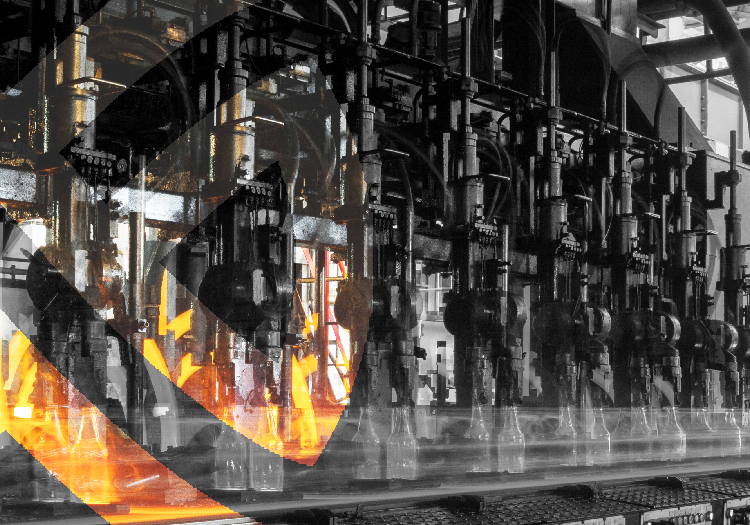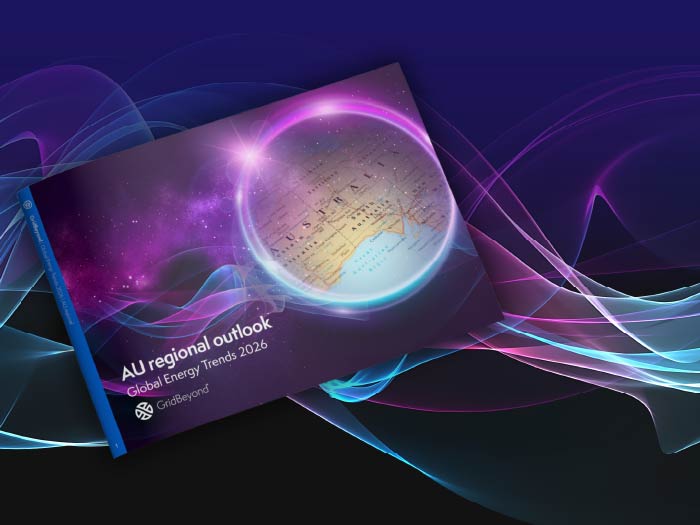Insights
better business decisions
Posted 2 years ago | 6 minute read

ESOS Phase 3 begins – What does this mean for your business?
The Energy Savings Opportunity Scheme (ESOS) is a mandatory energy efficiency assessment and monitoring scheme in the UK. It runs in four-year phases, and we are currently in Phase 3.
The qualification date for the third phase of ESOS recently passed (31 December 2022), if your organisation met the qualification thresholds on this date, you must take a number of steps prior to the end of the assessment period on 5 December 2023.
Following ESOS Phase 2, the government undertook a consultation with the aim of improving the efficacy of ESOS. Most suggested measures considered will not be implemented until ESOS Phase 4, but through an amendment to the Energy Bill, the government intends to implement certain changes at the Phase 3 stage.
Does your organisation qualify?
To qualify, an organisation must be a “large undertaking” on the qualification date (31 December 2022). This is defined as either:
- having an annual turnover in excess of £44M and annual balance sheet of over £38M; or
- employing at least 250 people in the UK.
Where one company in a group of companies meets the criteria, the whole UK group on the qualification date must be assessed. The highest UK parent will be responsible for ensuring the compliance of the whole group.
A UK-registered establishment of an overseas organisation also falls within the scope of ESOS assessment where the UK-registered entity’s activities meet at least one of the threshold tests.
If your organisation qualified for ESOS Phase 2 but does not meet the criteria for Phase 3 on the qualification date, you are advised to submit a DNQ (Do Not Qualify) notification to the Environment Agency.
What must you do?
Where an organisation qualifies for ESOS, it must take the following steps:
- An ESOS compliant energy audit must be for a continuous 12 months’ verifiable data that includes the qualification date (31 December 2022), this is known as your reference period. The earliest it could start is 1 January 2022 and the latest it could end is 4 December 2023.
- Calculate total energy consumption for the organisation or group consumed by buildings, industrial processes, and transport. For Phase 3, energy usage must be calculated in standardised units, (kWh/m2 for buildings, kWh/unit output for industrial processes, and kWh/miles travelled for transport) in-line with reporting under the Streamlined Energy and Carbon Reporting (SECR) requirements.
- Identify and audit areas of significant energy consumption. For Phase 3, this will require organisations to identify which of its buildings, processes and/or transport functions account for at least 95% of the group or organisation’s overall energy usage. The organisation is allowed to classify up to 5% of its energy use as “de minimis” and discount it from reporting – a reduction from the 10% permitted in Phases 1 and 2 of the ESOS scheme. You might choose to leave out a site, a particular activity or usage of a specific fuel. The 95% or more that remains is your “significant energy consumption”.
- Appoint a lead assessor, who must be approved by an appropriate professional body. The lead assessor will carry out, oversee and review the energy use audit process. Lead assessors can be external consultants or contractors, or can be internal employees, so long as they have the necessary professional certifications. There are a few exceptions to this rule: if 100% of your energy use is already covered by ISO 50001 certification; if the company’s total annual energy consumption is below 40,000kWh; or if you have zero energy supplies (although you will still need to notify the Environment Agency and get a director to confirm this).
- Subject to parliamentary approval, ESOS Reports prepared for Phase 3, unlike those prepared for Phase 2, are to contain standardised compliance information (including an energy intensity metric) that will be set out in a template. The lead assessor will ensure that the report meets the ESOS standards and that the report identifies recommendations the organisation can take to improve energy efficiency.
- Notify the Environment Agency that an ESOS assessment has been carried out in accordance with the regulations. ESOS Phase 3 reports are also intended to be formally shared with subsidiaries.
- Retain records of the ESOS assessment report, including details of the methodology, site visits undertaken, and measures identified to implement further energy efficiency measures.
Effects of non-compliance
As the administrative authority for the ESOS scheme, the Environment Agency is responsible for compliance and enforcement, and can issue civil sanctions, including financial penalties as per its enforcement and sanctions policy. If the Environment Agency determines that there has been non-compliance, it exercises its discretion in deciding whether to waive, reduce, or extend the time to pay a civil penalty.
The penalties for these offences include financial (an initial penalty of £5,000 for the failure to notify, maintain records or comply with a notice, and an initial penalty of up to £50,000 for failure to carry out an audit or providing a misleading statement).
For most of the breaches, the penalty amount increases for each day of non-compliance. The Environment Authority will also publicise information relating to the breach and can require organisations to take such steps as necessary to rectify the breach.
What about Phase 4?
The next phase of ESOS makes the direction of travel clear: the government wants businesses to take more action on their ESOS recommendations. In Phase 4, businesses who do not carry out the cost-effective, practical measures suggested in their reports will likely be required to explain why. There will be many other changes too as both Display Energy Certificates and Green Deal Assessments are being phased out as routes to ESOS compliance, which means they will not be valid for Phase 4.
Compliance to benefits
The idea behind ESOS is to encourage businesses to carry out energy-saving measures that will ultimately benefit them by saving money as well as carbon. Treating it as a purely compliance exercise means that your organisation will miss out on these benefits.
The government has already hinted that it expects businesses to use the breathing space provided by the Energy Bill Relief Scheme to invest in energy efficiency measures to cut consumption long-term.
For businesses, ESOS should be seen as an opportunity to improve the efficiency of their operations and thereby their bottom lines. At GridBeyond, we support ESOS-obligated businesses with metering energy use and emissions, generating reports, and finding new ways to enhance their sustainability. This can be done by enabling their participation in grid balancing services that support National Grid with the decarbonisation of the energy network, installation of onsite generation or CapEx free batteries that increase resilience and create opportunities for additional revenues from robotic trading.

Ai. Services
GridBeyond’s Ai. Services consist of three complementary products: Ai. Terms, Ai. Trade & Ai. Thrive, which together, will transform your energy into opportunity.
Learn more





